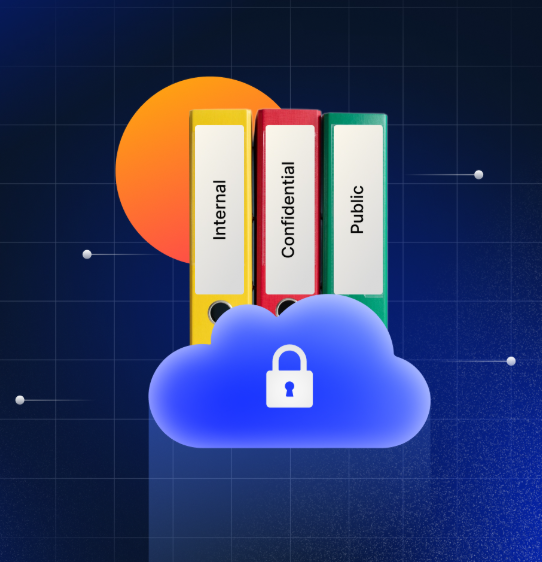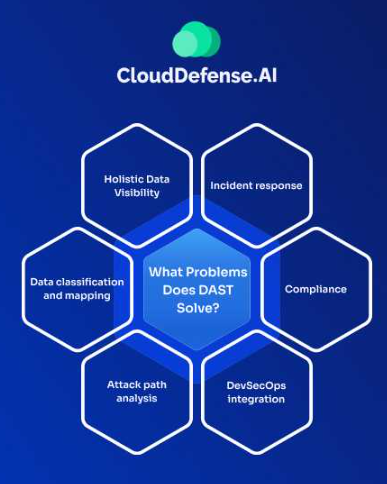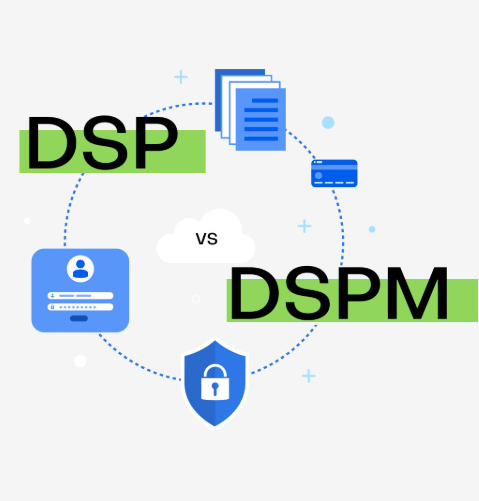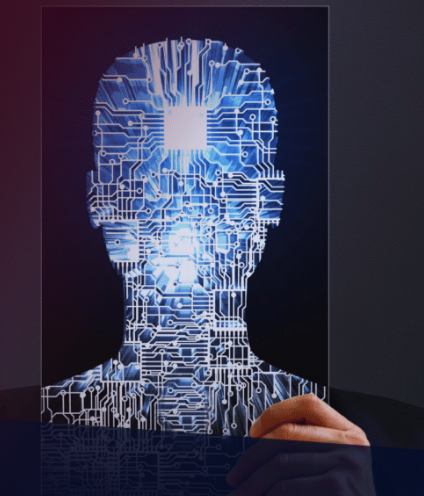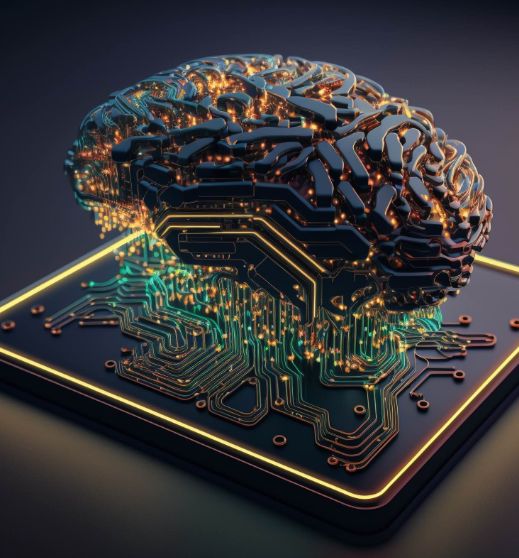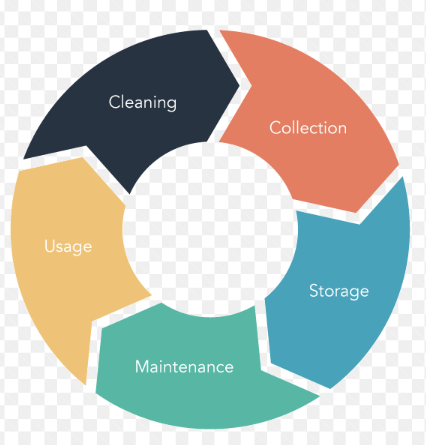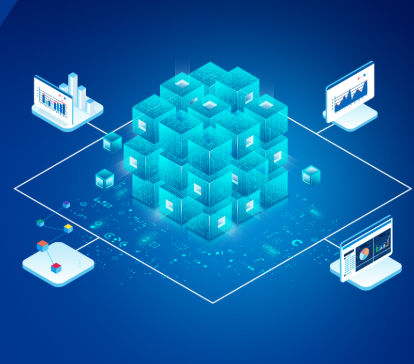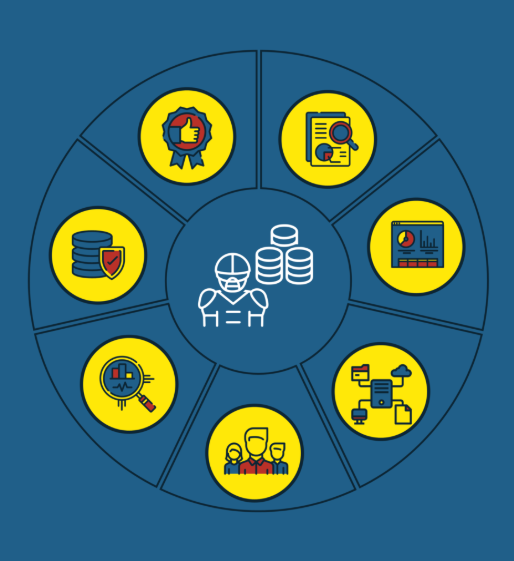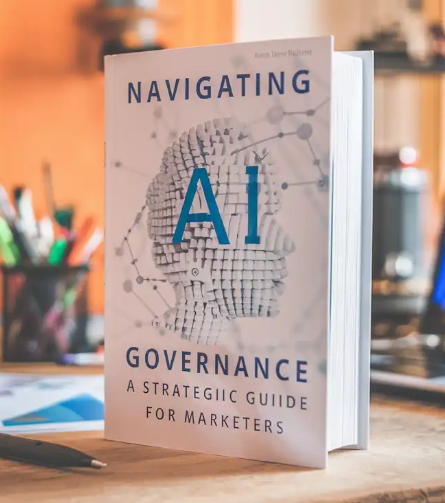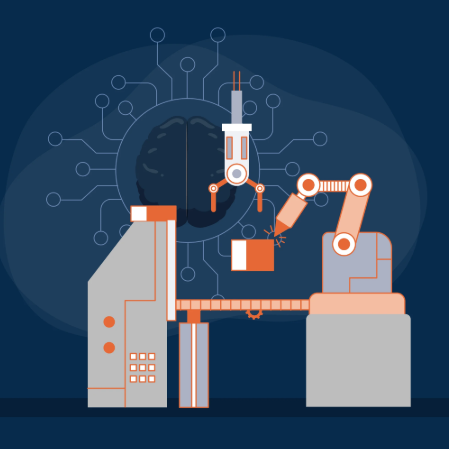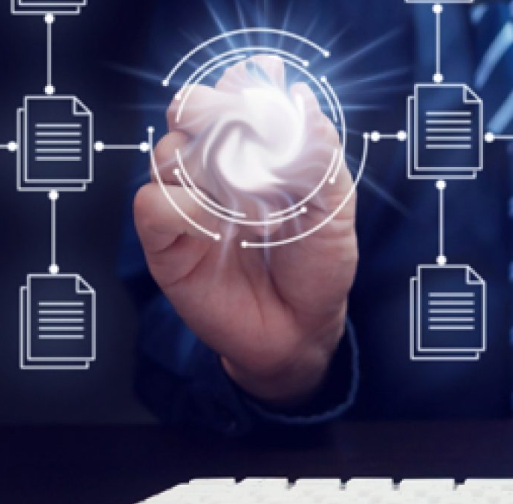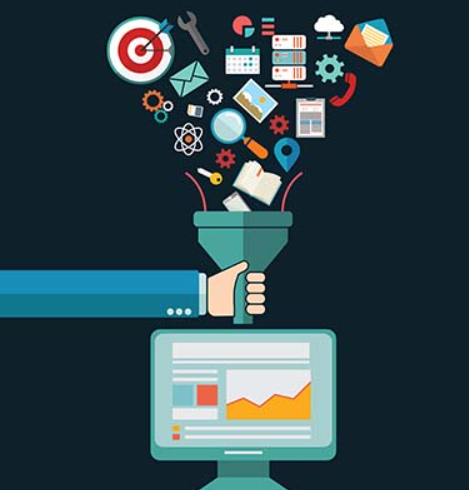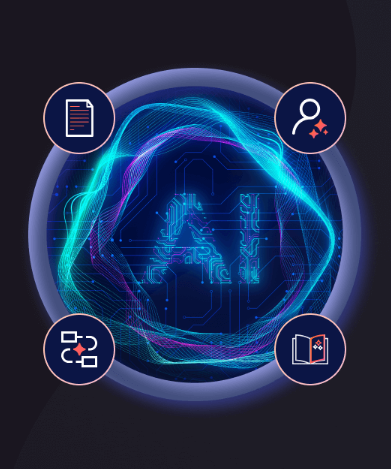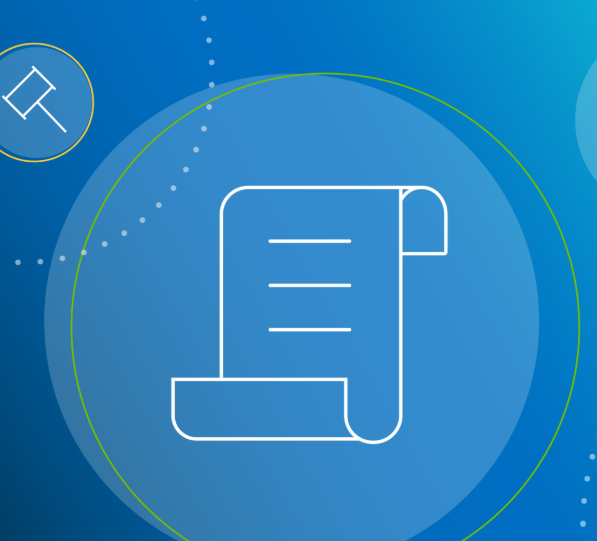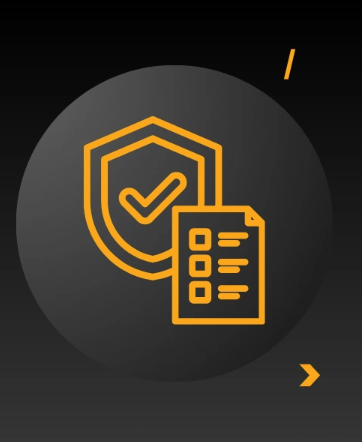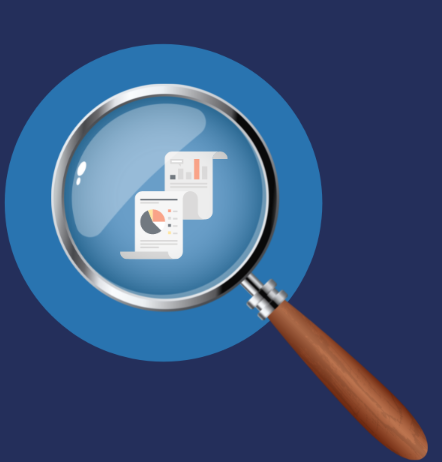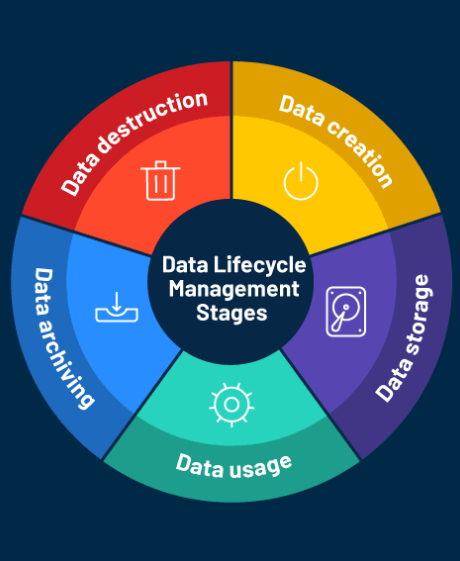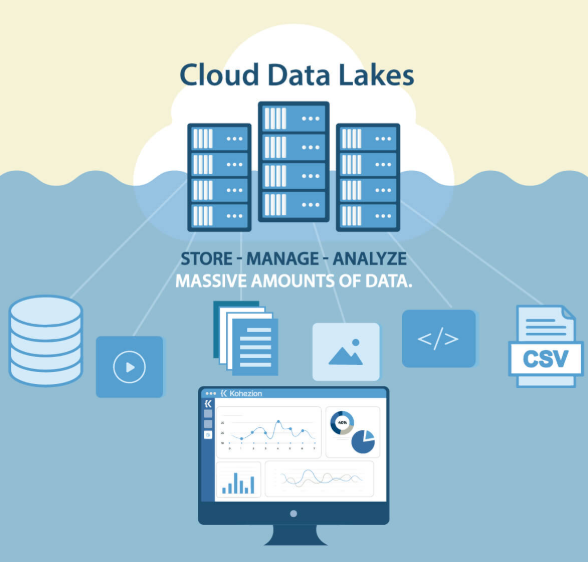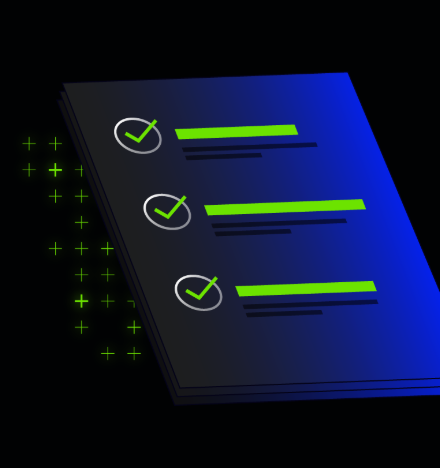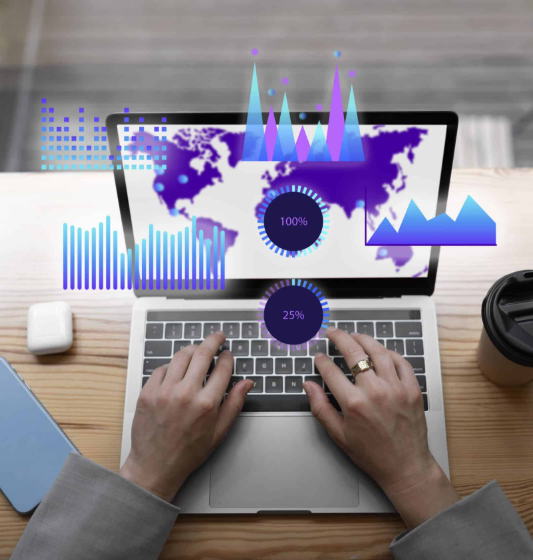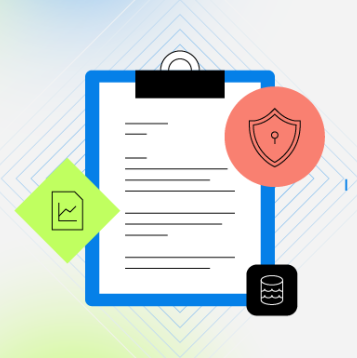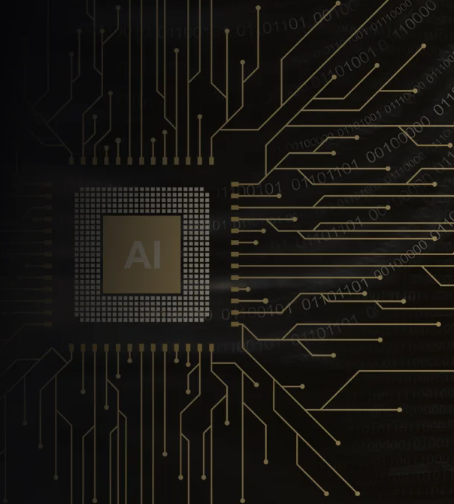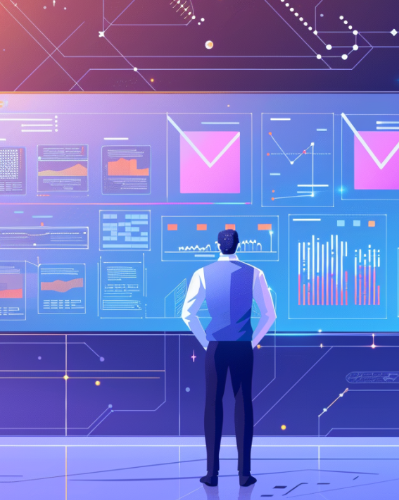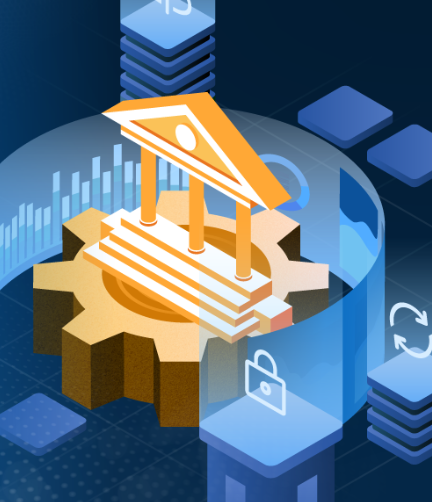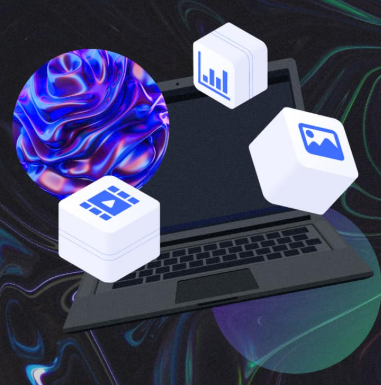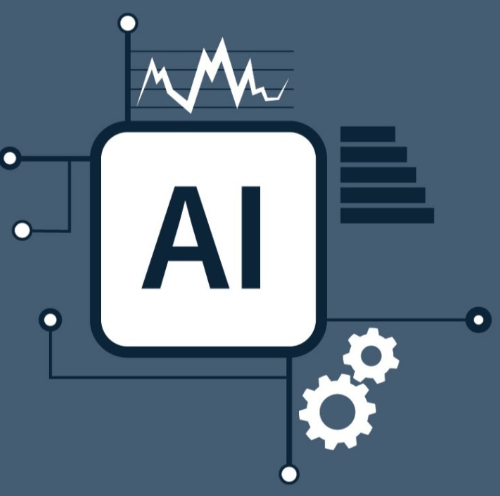
As AI continues to transform industries, the field of data analytics is no exception. Data analysts, whose jobs have traditionally been rooted in interpreting complex data, may be wondering if their roles will soon be replaced by artificial intelligence. The rise of AI has sparked concerns about job displacement, but it’s essential to understand that AI is not here to replace data analysts. Instead, it is set to enhance their work, making it more efficient and effective.
In this blog, we’ll explore the current state of AI in data analysis, its strengths and limitations, and why human analysts are still irreplaceable. We’ll also delve into how AI and data analysts can work together and what this means for the future of data governance.
The Current Role of AI in Data Analysis
AI and machine learning have already made a significant impact in data analytics. These technologies are capable of processing vast datasets in a fraction of the time it would take human analysts. By automating tasks like data cleaning and integration, AI allows data analysts to focus on higher-level, more strategic work.
For instance, AI-driven systems are already being used in industries like healthcare, where they assist in diagnosing diseases from medical images, and in finance, where AI tools help identify market trends and make investment decisions. These advancements highlight AI’s ability to process large volumes of data quickly, but AI still requires human guidance to interpret results and ensure data relevance.
The Strengths of AI in Data Analysis
AI is a powerful tool, particularly when it comes to speed, pattern recognition, and automation. Here are some of its key strengths:
Speed: AI can process enormous amounts of data in seconds, providing businesses with faster insights and enabling quicker, data-driven decision-making.
Pattern Recognition: AI excels at identifying patterns and anomalies that might go unnoticed by human analysts. This is particularly useful in fraud detection, where AI can spot irregularities in real-time to prevent financial losses.
Efficiency: AI automates repetitive tasks like data entry, cleaning, and report generation. This automation frees up analysts to focus on tasks that require human insight, enhancing productivity and job satisfaction.
The Limitations of AI in Data Analysis
Despite its strengths, AI has limitations that make human analysts irreplaceable. Here are some of the challenges AI faces:
Lack of Contextual Understanding: While AI can spot patterns in data, it struggles to interpret these patterns within the larger business context. Human analysts, with their domain knowledge, are better equipped to understand the implications of data insights and make informed decisions.
Ambiguity in Data: AI has difficulty handling ambiguous or complex data. For example, sentiment analysis tools often misinterpret sarcasm or irony in text, leading to inaccurate conclusions.
Bias in AI Models: If AI models are trained on biased data, the results will reflect those biases, which could lead to unfair or discriminatory outcomes. Human analysts are crucial for identifying and correcting these biases, ensuring fairness in data analysis.
Why Human Analysts Are Still Essential
Although AI can process data at lightning speed, it cannot replicate the critical thinking, creativity, and ethical decision-making that human analysts bring to the table. Here’s why human expertise remains indispensable:
Problem-Solving and Creativity: AI lacks the ability to ask insightful questions or create hypotheses. Data analysts use their creativity to approach problems from new angles, uncovering insights that AI might miss.
Understanding Business Context: Human analysts understand the nuances of business operations, market dynamics, and customer behavior. This allows them to interpret data in ways that AI cannot, providing actionable recommendations that align with business objectives.
Ethical Oversight: Data analysis often involves ethical decisions, especially when handling sensitive data. Human analysts are better equipped to ensure that data is analyzed and used responsibly, safeguarding privacy and compliance with regulations.
AI and Human Analysts: A Powerful Synergy
Instead of replacing human analysts, AI is designed to enhance their capabilities. By automating routine tasks, AI frees analysts to focus on high-level, complex analysis. This collaboration between AI and humans can lead to more efficient and effective data analysis, benefiting businesses in numerous ways.
For example, AI can help healthcare professionals diagnose conditions more accurately by analyzing medical data, while financial analysts can use AI tools to monitor market trends and predict investment opportunities. These successful collaborations show how AI can complement human skills, rather than replace them.
As AI becomes more integrated into data analysis, data analysts will need to develop new skills, such as understanding machine learning models and utilizing AI tools effectively. Continuous learning and adaptation will be key to thriving in an AI-enhanced environment.
The Impact on Data Governance
The rise of AI in data analysis has important implications for data governance. Ensuring data quality is crucial, as AI algorithms are only as good as the data they are trained on. Transparency and explainability are also essential to build trust in AI-driven insights. Stakeholders need to understand how AI models work and how decisions are made based on data analysis.
Additionally, governance frameworks for AI-assisted data analysis should address data privacy, security, and ethical considerations. Establishing clear guidelines for AI usage will help organizations leverage AI’s potential while mitigating risks.
Preparing for the AI-Enhanced Future
To stay relevant in a world increasingly driven by AI, data analysts should focus on developing both technical and soft skills. Understanding AI and machine learning algorithms, along with programming languages like Python, will be essential for analysts to effectively use these technologies.
Organizations can foster a culture of collaboration between AI and human analysts by investing in training programs and encouraging cross-functional teamwork. This approach will help seamlessly integrate AI into data analysis workflows and ensure that both humans and machines work together efficiently.
Conclusion
AI will not replace data analysts; it will enhance their capabilities. The future of data analysis lies in the collaboration between human expertise and AI technologies. By leveraging the strengths of both, businesses can unlock deeper insights, improve decision-making, and maintain a competitive edge.
Data analysts who adapt to the evolving landscape by learning new skills and embracing AI tools will continue to be invaluable. Organizations that support this transformation and prioritize AI-human collaboration will be well-positioned for success in the data-driven future.




